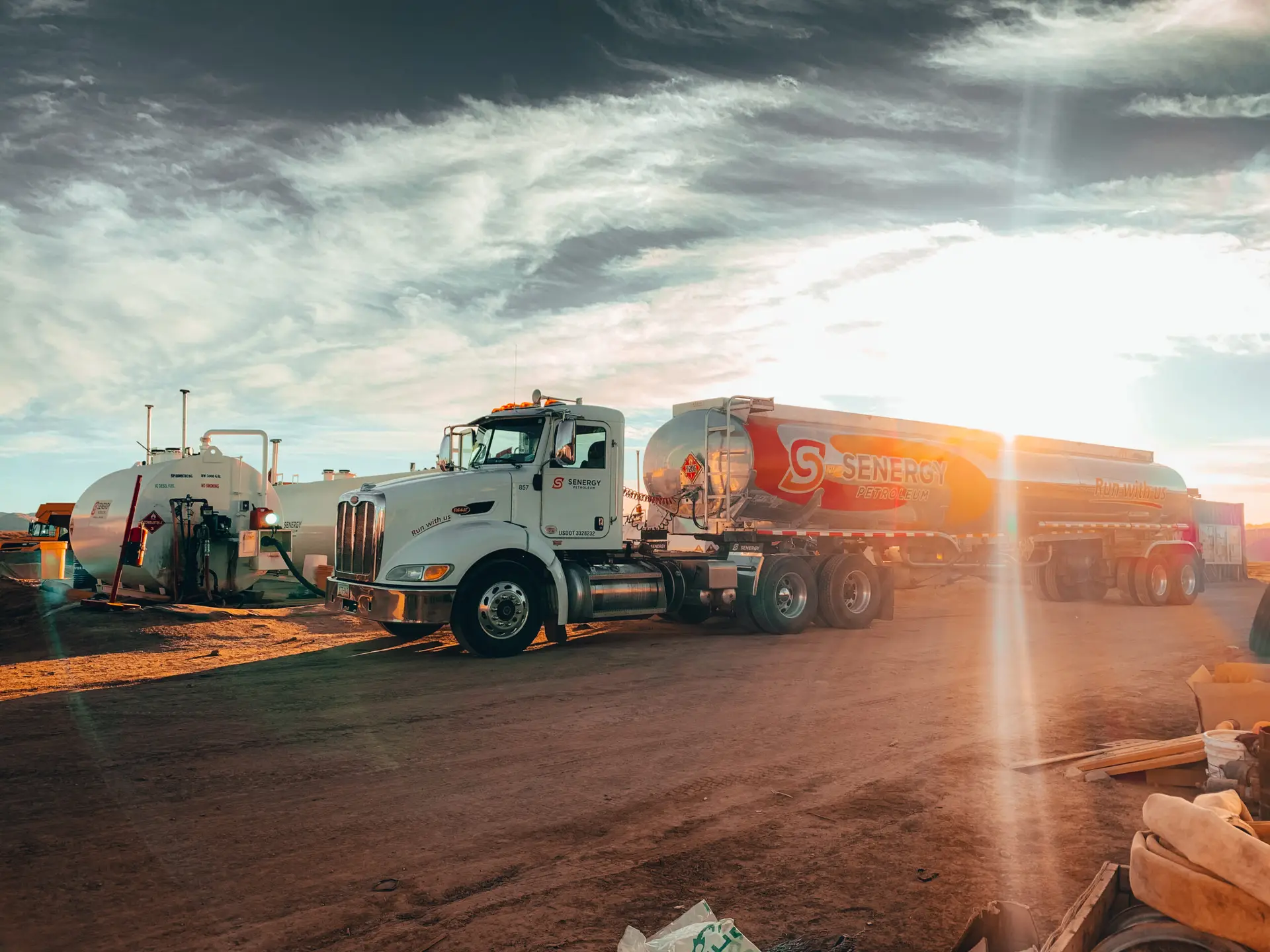A long-haul truck doesn’t simply cruise down smooth highways. It climbs steep hills, idles in traffic jams, battles unstable weather, and pulls heavy loads—all of which take a toll on its moving parts. The engine, transmission, and differentials operate under high heat and pressure, and without adequate lubrication to withstand that stress, components wear out much faster.
Experienced drivers know this well. They keep a close eye on oil pressure and temperature gauges for any unusual drops or spikes—clear warning signs that the lubricant isn’t doing its job. When parts grind together without proper oil, they don’t just wear down; they seize or even vaporize. Such failures are more than just mechanical issues—they’re serious safety risks, especially at freeway speeds.
For over-the-road operations that span state lines or cross borders, scheduling maintenance becomes even more challenging. High-performance lubricants are a game-changer, offering extended service intervals. For fleets with dozens or even hundreds of rigs, this means fewer oil changes, less downtime, and improved fuel efficiency—benefits that directly impact the bottom line.




